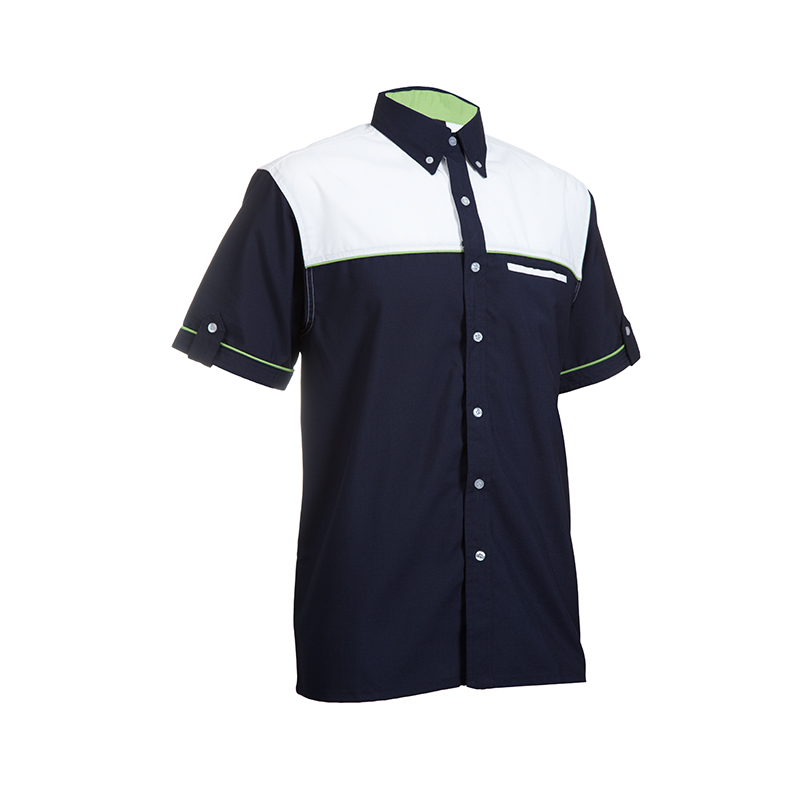uniform embroidery near me
sports uniforms
In the world of first impressions that matter, uniforms play an crucial role in presenting the brand's image. Shoes that are comfortable, well-fitted and match the outfit are crucial. This can take the form of accessories or minor variations in the design elements.
Picking a fabric that is in line with your brand's image ensures it will stand up to the forces of wear, time and the elements. Polyester isn't prone to wrinkle and it mimics the characteristics of wool and cotton and wool, allowing for flexibility.
Embroidering or printing names on uniforms isn’t merely a functional aspect; it’s an art. The main aim is to create clothes that people feel comfortable and comfortable in, which allows them to complete their work effortlessly and with confidence.
Playing with patterns and styles can add a zing of fashion, making the wearers feel like they’re walking the ramp! Perhaps a blend of poly-cotton for toughness?




